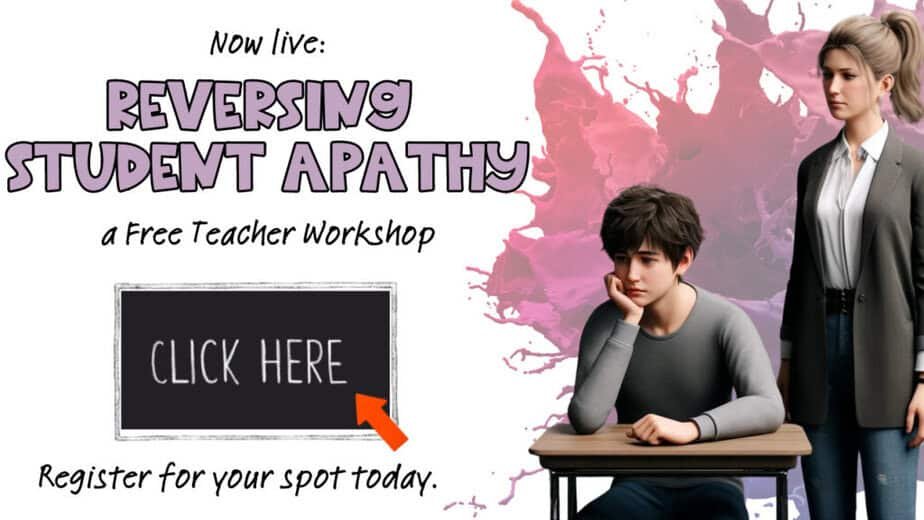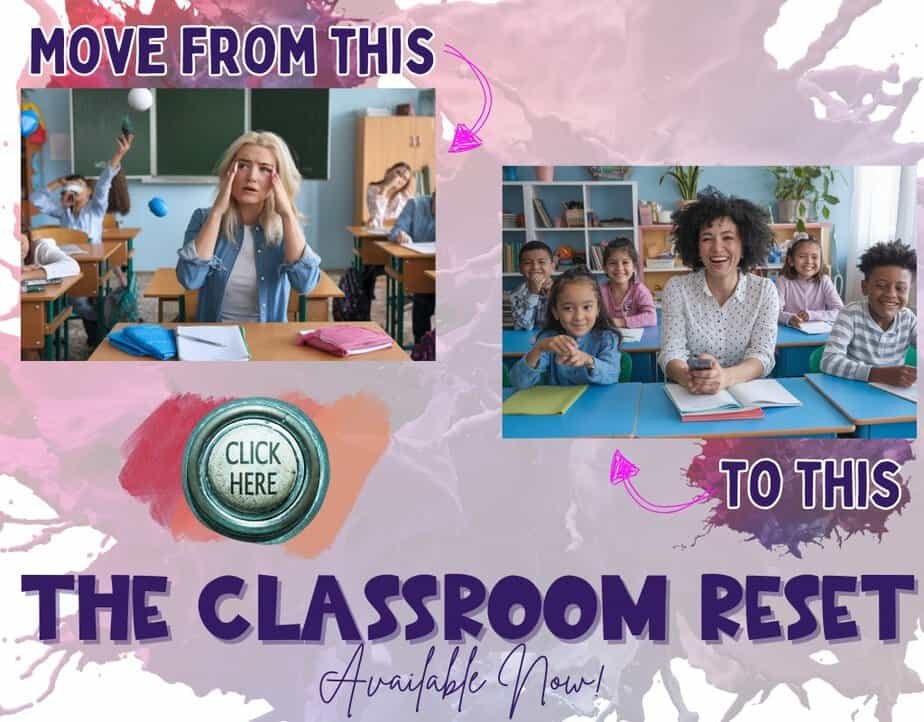Lesson Plans and Teaching Strategies for Effective Learning
In today’s rapidly evolving educational landscape, teachers face unique challenges, including student apathy, diverse learning needs, and the demand for critical thinking and problem-solving skills. To address these challenges, educators must adopt innovative teaching strategies and create effective lesson plans that foster meaningful learning experiences. The best practices for lesson plans and teaching strategies that work in modern classrooms focus on student-centered approaches.
The Importance of Effective Lesson Plans and Teaching Strategies
A successful lesson plan addresses the unique needs of students while aligning with learning objectives. It serves as an instructor’s road map, guiding teachers through classroom activities and ensuring that student learning is prioritized. Effective lesson planning involves responsive planning, which allows educators to adapt to the larger context of their students’ lives, including their emotional development, physical development, and prior knowledge.
One of the best ways to create effective lesson plans is to start with a general outline of your teaching goals. This includes identifying essential questions that will guide the lesson and designing appropriate learning activities that promote student engagement and critical thinking. For example, a lesson on environmental science might begin with the essential question, “How do human activities impact ecosystems?” This question sets the stage for exploring real-world examples and engaging students in problem-solving skills.
Addressing Student Apathy in the Classroom
Student apathy is a growing concern in today’s classrooms, as highlighted by resources like studentcenteredworld.com/student-apathy. To combat this, teachers must design lessons that are relevant, engaging, and interactive. Incorporating real-world examples, case studies, and project-based learning can help students see the value in what they are learning.
For example, instead of simply telling students how to solve a math problem step-by-step, teachers can present a real-life example that demonstrates the practical application of the concept. This approach not only gains attention but also encourages students to take an active role in their learning. Additionally, using social media platforms to connect lessons to students’ interests can increase student engagement and make learning more relatable.
Student-Centered Teaching Strategies
1. Experiential Learning
Experiential learning is a teaching strategy that emphasizes learning through personal experiences and hands-on activities. This approach is rooted in the idea that students learn best when they are actively involved in the learning process, rather than passively receiving information. By engaging in real-world tasks, students develop problem-solving skills, intellectual skills, and a deeper understanding of the subject matter.
How It Works:
- Hands-On Activities: Students participate in activities that require them to apply what they’ve learned in a practical setting. For example, in a science lesson on ecosystems, students might create a mini-ecosystem in a terrarium. They would observe how plants, animals, and microorganisms interact, record their observations, and draw conclusions about the balance of life within the ecosystem.
- Reflection: After the activity, students reflect on their experiences, discussing what they learned, what challenges they faced, and how they overcame them. This reflection helps solidify their understanding and encourages critical thinking.
- Collaboration: Experiential learning often involves group work, which fosters interpersonal skills and teamwork. Students learn to communicate effectively, share ideas, and solve problems together.
Why It’s Effective:
- Reinforces Conceptual Understanding: By engaging in hands-on activities, students move beyond abstract concepts and see how theories apply in real-world scenarios. For instance, creating a mini-ecosystem helps students understand the interdependence of living organisms in a way that reading a textbook cannot.
- Encourages Critical Thinking: Students are challenged to analyze, evaluate, and synthesize information as they work through problems. For example, if the plants in their mini-ecosystem start to wilt, they must figure out why and how to fix it.
- Promotes Collaboration: Group activities teach students how to work together, share responsibilities, and respect diverse perspectives.
Example in Practice:
In a high school biology class, students might conduct a field study in a local park to observe biodiversity. They would collect data on different species, analyze the data, and present their findings. This activity not only teaches scientific concepts but also develops research, analysis, and presentation skills.
2. Project-Based Learning (PBL)
Project-based learning (PBL) is a teaching strategy where students work on long-term projects that require them to explore complex questions, solve problems, or create tangible products. PBL is designed to engage students in meaningful learning experiences by connecting academic content to real-world applications.
How It Works:
- Real-World Projects: Students work on projects that address real-world issues or challenges. For example, a class might design a community garden to address food insecurity in their neighborhood. This project would integrate math skills (calculating area and budget), science skills (understanding plant growth), and literacy skills (writing proposals and reports).
- Student-Led Inquiry: Students take ownership of their learning by identifying questions, conducting research, and making decisions. For instance, in the community garden project, students might research which plants grow best in their climate and decide how to allocate space in the garden.
- Interdisciplinary Learning: PBL often combines multiple subjects, allowing students to see the connections between different areas of knowledge. For example, the community garden project might also include lessons on environmental sustainability and social studies.
Why It’s Effective:
- Develop Multiple Skills: PBL helps students develop language skills (through research and communication), motor skills (through hands-on tasks like planting), and interpersonal skills (through teamwork and collaboration).
- Fosters Deeper Understanding: By applying knowledge to real-world problems, students gain a deeper understanding of the material. For example, designing a garden helps students understand concepts like photosynthesis, soil composition, and resource management in a practical context.
- Encourages Creativity and Innovation: PBL allows students to think creatively and come up with innovative solutions. For instance, students might design a rainwater collection system for their garden, combining engineering and environmental science.
Example in Practice:
In a middle school social studies class, students might create a documentary about a local historical event. They would research the event, interview community members, write a script, and film and edit the documentary. This project not only teaches history but also develops research, writing, and technical skills.
3. Purposeful Play
Purposeful play is a teaching strategy that uses play as a vehicle for learning, particularly for young children. Unlike unstructured play, purposeful play is intentionally designed to achieve specific learning objectives while still being fun and engaging. This approach is especially effective in elementary school settings, where play is a natural part of children’s development.
How It Works:
- Play with a Purpose: Teachers design play activities that align with learning objectives. For example, a lesson on fractions might involve dividing playdough into equal parts. Students physically manipulate the playdough to understand concepts like halves, thirds, and quarters.
- Social and Emotional Development: Purposeful play often involves group activities that help children develop social skills (like sharing and cooperation) and emotional development (like empathy and self-regulation). For instance, role-playing as community helpers (e.g., doctors, firefighters) teaches children about different professions while fostering teamwork and communication.
- Exploration and Discovery: Children are encouraged to explore and experiment, which helps them develop critical thinking and problem-solving skills. For example, building structures with blocks teaches spatial reasoning and engineering concepts.
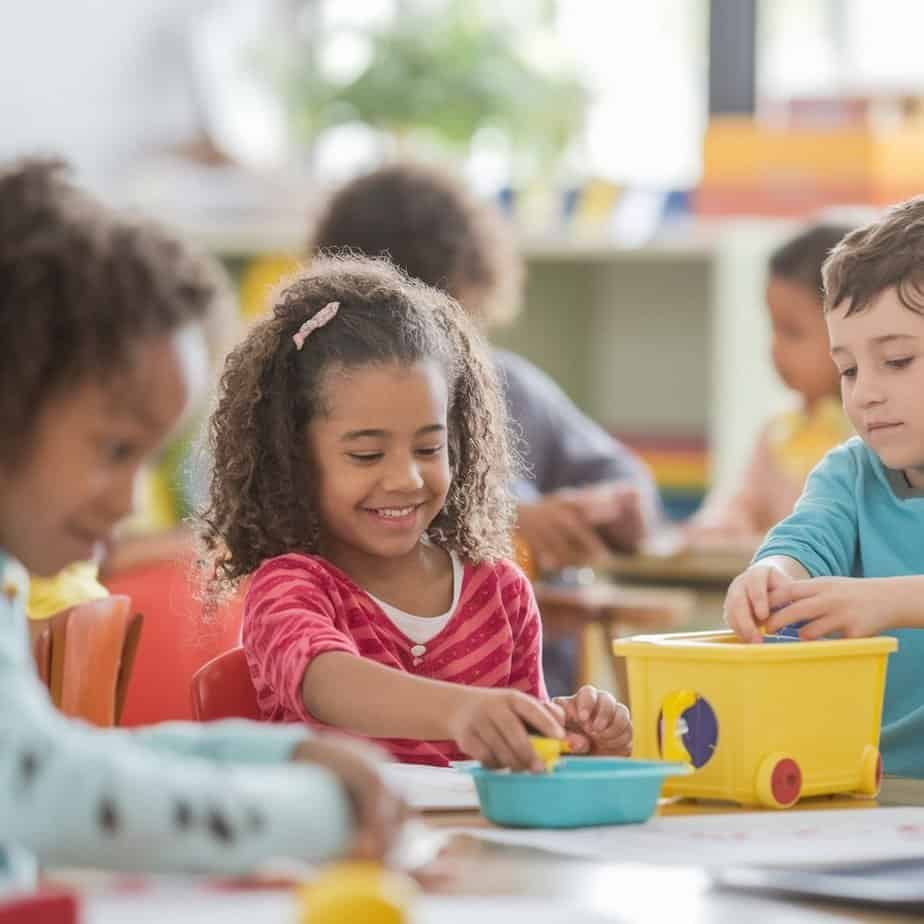
Why It’s Effective:
- Engages Young Learners: Play is a natural way for children to learn, so purposeful play makes learning enjoyable and engaging. For example, using playdough to learn fractions is more fun and memorable than simply solving problems on a worksheet.
- Supports Holistic Development: Purposeful play addresses physical development (through hands-on activities), emotional development (through role-playing and collaboration), and intellectual skills (through problem-solving and exploration).
- Encourages Creativity: Play allows children to use their imagination and think creatively. For example, building a castle out of blocks encourages children to think about design, structure, and storytelling.
Example in Practice:
In a kindergarten classroom, a teacher might set up a “grocery store” where students role-play as shoppers and cashiers. This activity teaches math skills (counting money), literacy skills (reading labels), and social skills (taking turns and communicating). It also introduces concepts like budgeting and healthy eating in a fun and interactive way.
Connecting the Strategies
While experiential learning, project-based learning, and purposeful play are distinct strategies, they share common goals: to engage students in meaningful learning experiences, develop critical thinking and problem-solving skills, and connect learning to real-world applications. These strategies also emphasize the importance of student-centered learning, where students take an active role in their education.
For example, a teacher might combine these strategies in a single unit. In a unit on environmental science, students could:
- Engage in experiential learning by conducting a field study of a local ecosystem.
- Participate in project-based learning by designing a campaign to reduce waste in their school.
- Use purposeful play to role-play as environmental scientists, exploring how different actions impact the environment.
By integrating these strategies, teachers can create a dynamic and engaging learning environment that meets the unique needs of all students, from young children to older children. These approaches not only enhance student learning but also prepare students for the challenges of the real world by developing essential skills like collaboration, creativity, and critical thinking.
Incorporating Technology and Social Media
New technologies and social media can be powerful tools for enhancing student engagement and learning outcomes. For example, teachers can use online platforms to facilitate classroom discussions or assign service learning projects that connect students with their communities. Additionally, graphic organizers and other digital tools can help students visualize main points and organize their thoughts.
However, it’s important to balance the use of technology with direct instruction and group work to ensure that students develop new skills without becoming overly reliant on screens. For instance, while using a tablet to solve a math problem step-by-step can be helpful, students should also practice solving problems on a piece of paper to reinforce their understanding.
Differentiated Instruction for Diverse Learners
Every classroom includes students with varying learning styles, abilities, and interests. Differentiated instruction is a teaching strategy that tailors lessons to meet these unique needs. For example, teachers can provide specific activities for older children who need more challenging material, while offering additional support to those who require it.
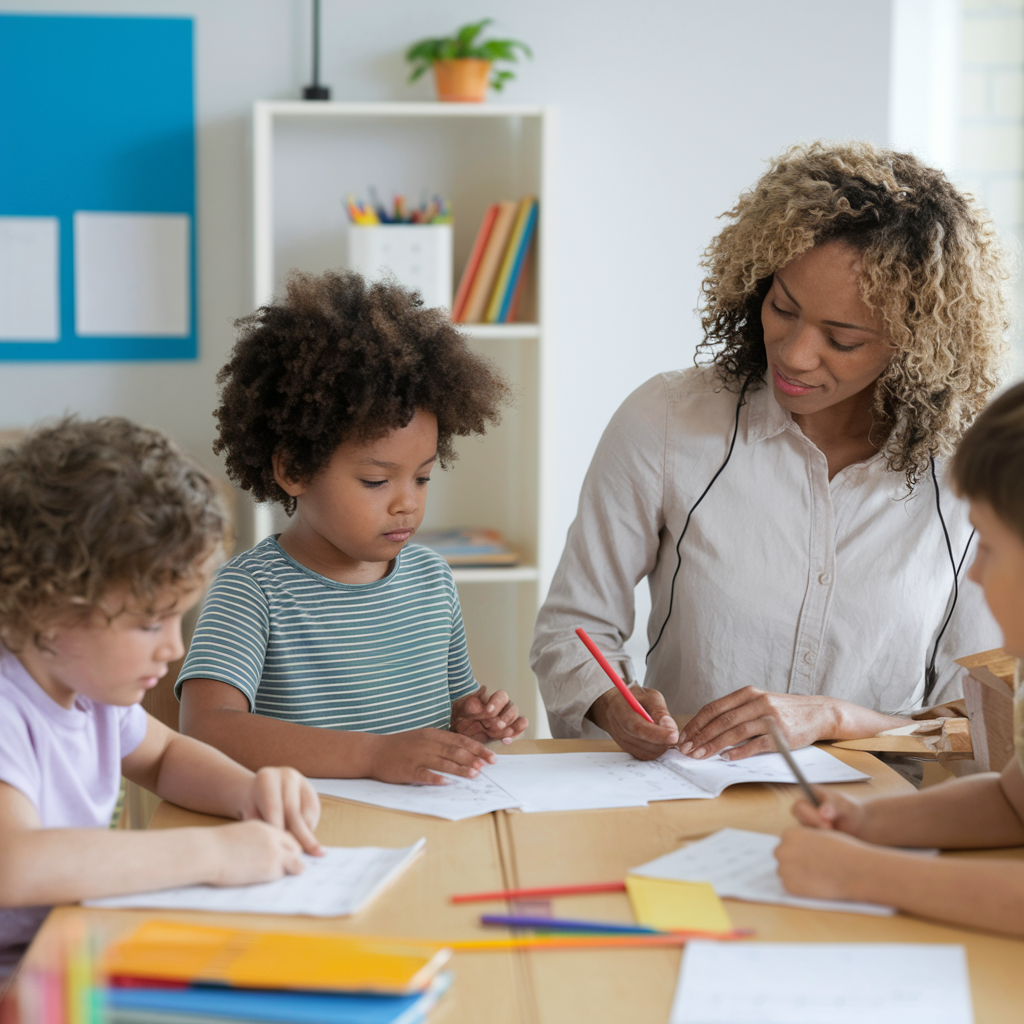
One effective method is to use index cards or a piece of paper to create individualized tasks for students. This approach ensures that all students are engaged and working at their individual skill progression. Additionally, incorporating learning styles such as visual, auditory, and kinesthetic activities can help reach all learners. For instance, a lesson on the water cycle could include a diagram (visual), a song (auditory), and a hands-on experiment (kinesthetic).
The Role of Formative and Summative Assessments
Assessments are a critical part of the learning process, providing insights into student performance and student understanding. Formative assessments, such as quizzes or classroom discussions, help teachers gauge progress during the lesson and adjust their instructional strategies accordingly. Summative assessments, on the other hand, evaluate student learning at the end of the lesson or unit.
For example, a teacher might use a graphic organizer as a formative assessment to check students’ conceptual understanding of a topic. At the end of the unit, a summative assessment could involve a project or presentation that demonstrates mastery of the material. These assessments not only measure student learning but also provide opportunities for students to reflect on their progress and set goals for improvement.
Creating a Positive Learning Environment
The physical environment of the classroom plays a significant role in student engagement and learning outcomes. Teachers should arrange the physical space to encourage collaboration and creativity. For instance, seating arrangements that facilitate group work can promote interpersonal skills and problem-solving skills.
Additionally, establishing daily routines and a safe environment helps students feel secure and focused. Incorporating family engagement and involving children’s families in the learning process can further enhance the learning environment. For example, inviting parents to share their personal experiences or cultural traditions can enrich classroom discussions and create a more inclusive atmosphere.
Professional Development for Teachers
To stay current with best practices and new technologies, teachers must engage in ongoing professional development. Attending workshops, collaborating with colleagues, and exploring teaching techniques can help educators refine their teaching style and improve student performance.
For example, learning about responsive planning or instructional techniques for young children can help teachers create more effective lesson plans. Additionally, understanding the nine-step process for lesson planning can provide a structured approach to designing productive lessons. Professional development also offers opportunities to explore new technologies and teaching strategies that can enhance student engagement and learning outcomes.
Engaging Students Through Creative Strategies
1. Use Technology
Incorporating new technologies into lessons can make learning more interactive and engaging. For example, using educational apps or virtual reality can bring new concepts to life. Teachers can also use social media platforms to create classroom discussions or share real-world examples that connect to students’ interests.
2. Real-Life Examples
Connecting lessons to real-life examples helps students see the relevance of what they are learning. For instance, a history lesson could include a case study of a current event that parallels historical events. This approach not only gains attention but also encourages critical thinking and problem-solving skills.
3. Creative Ways to Gain Attention
Using creative ways to introduce lessons, such as storytelling or multimedia presentations, can gain attention and spark curiosity. For example, starting a lesson with a short video or a real-world example can set the stage for deeper exploration. Teachers can also use index cards to create interactive activities, such as matching terms with definitions or solving a math problem step-by-step.
The Importance of Family Engagement
Involving children’s families in the learning process can significantly enhance student performance. Teachers can encourage family engagement by sharing daily routines, providing updates on student progress, and inviting families to participate in classroom activities. This collaboration creates a supportive learning environment that extends beyond the classroom.
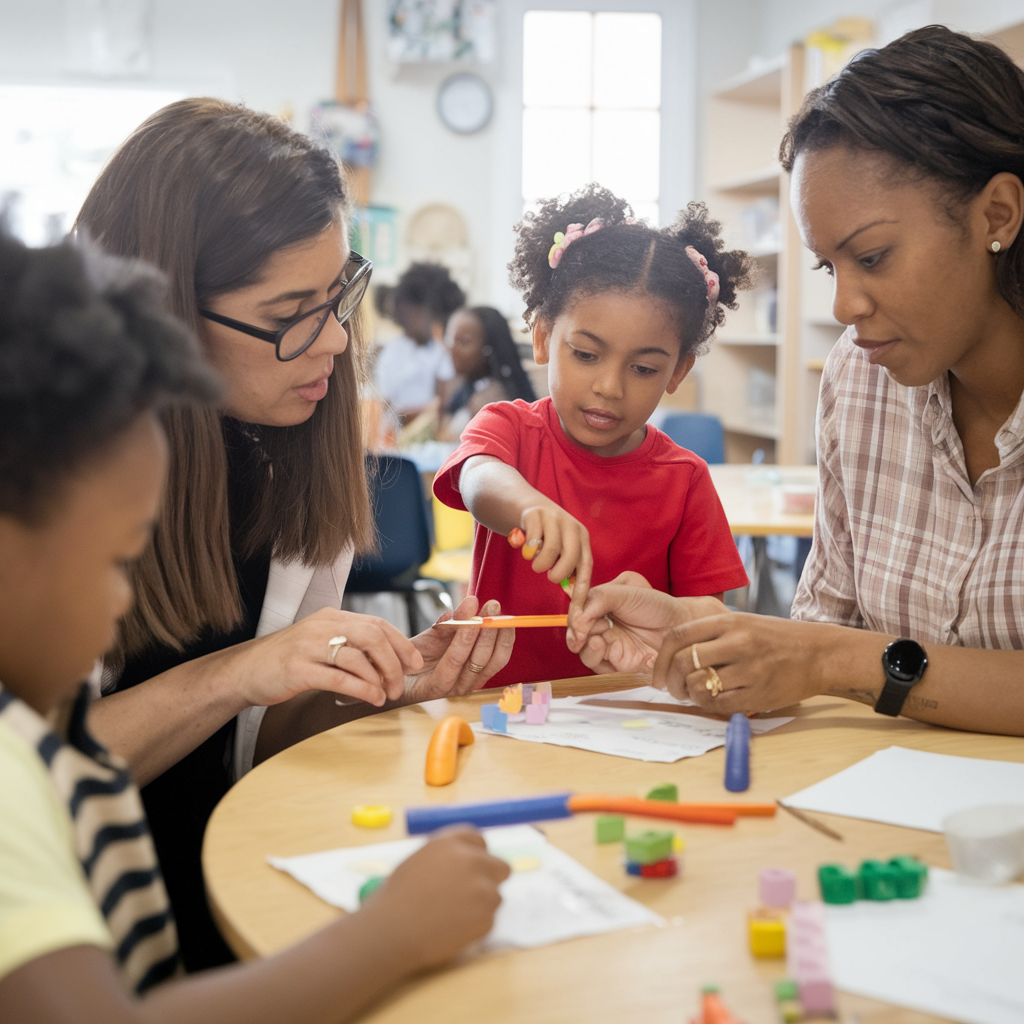
For example, a childcare center might host a family night where parents and children work together on a project-based learning activity. This not only strengthens the bond between home and school but also reinforces new skills and concepts learned in the classroom.
Building a Collaborative Classroom Culture
Creating a collaborative classroom culture is essential for fostering student engagement and learning outcomes. Teachers can promote collaboration by incorporating group work and classroom discussions into their lessons. For instance, dividing students into small groups to solve a real-world example or discuss an essential question encourages teamwork and interpersonal skills.
Additionally, using teaching techniques such as experiential learning and purposeful play can create a more dynamic and interactive learning environment. For example, a lesson on community helpers could involve role-playing different professions, allowing students to explore new concepts in a fun and engaging way.
The Role of the School Leader
School leaders play a crucial role in supporting teachers and creating a positive learning environment. By providing resources for professional development and encouraging responsive planning, school leaders can help teachers design effective lesson plans that meet the unique needs of their students.
Additionally, school leaders can promote family engagement by organizing events and activities that involve children’s families in the learning process. For example, a school leader might host a workshop on best practices for teaching strategies, providing teachers with new ideas and techniques to enhance student learning.
Building Effective Lesson Plans for Today’s Classroom
Creating effective lesson plans requires a combination of responsive planning, student-centered teaching strategies, and a focus on student engagement. By incorporating real-world examples, new technologies, and differentiated instruction, teachers can design lessons that address the unique needs of their students and foster meaningful learning experiences.
Ultimately, the goal is to create a learning environment that encourages critical thinking, problem-solving skills, and a love for learning. Through ongoing professional development and a commitment to best practices, educators can overcome challenges like student apathy and ensure that every student has the opportunity to succeed.
By following these strategies and focusing on the main points outlined in this article, teachers can create productive lessons that inspire and empower their students. Whether working with young children or older children, the key is to remain flexible, innovative and student-centered in all teaching practices.



